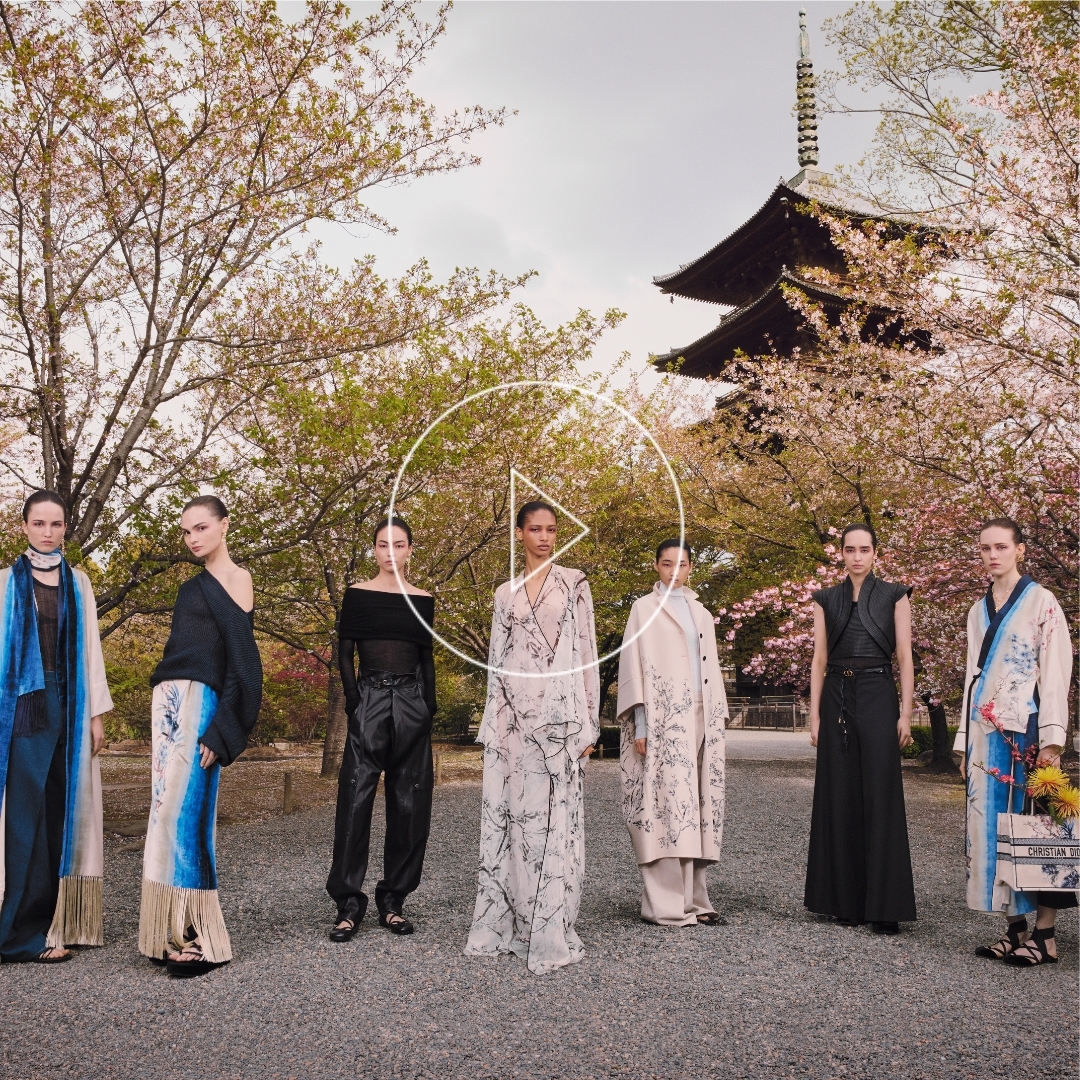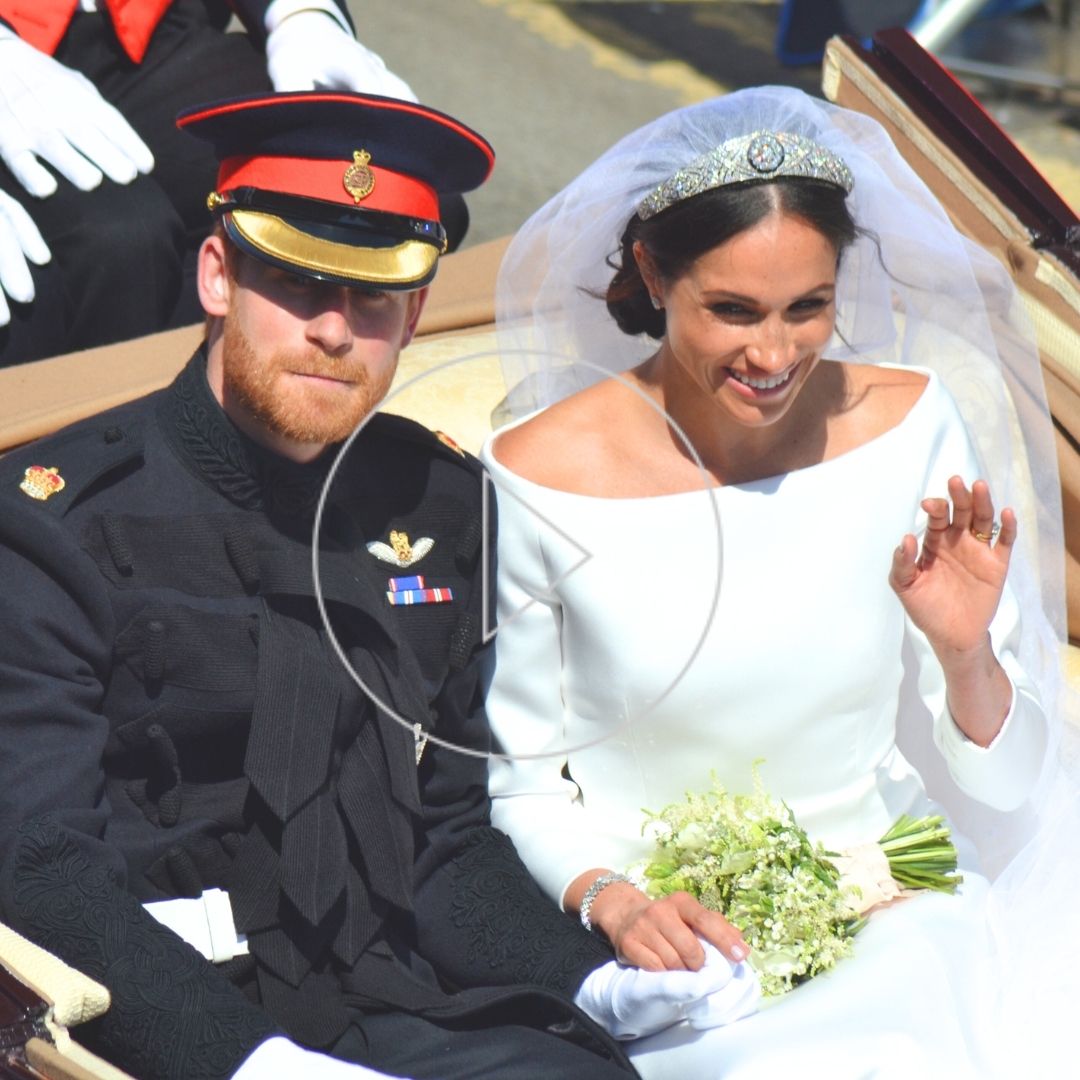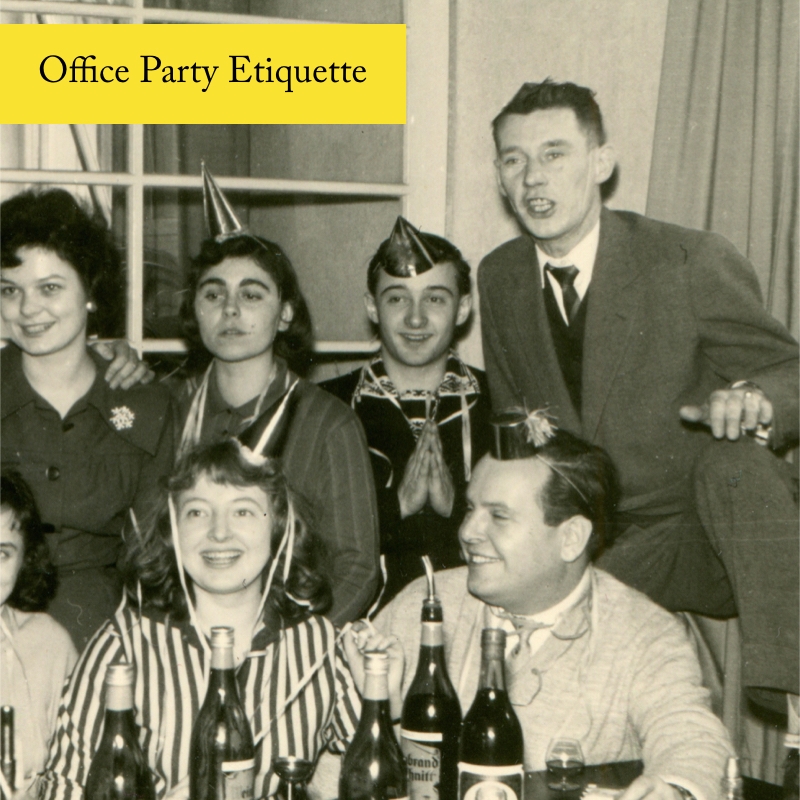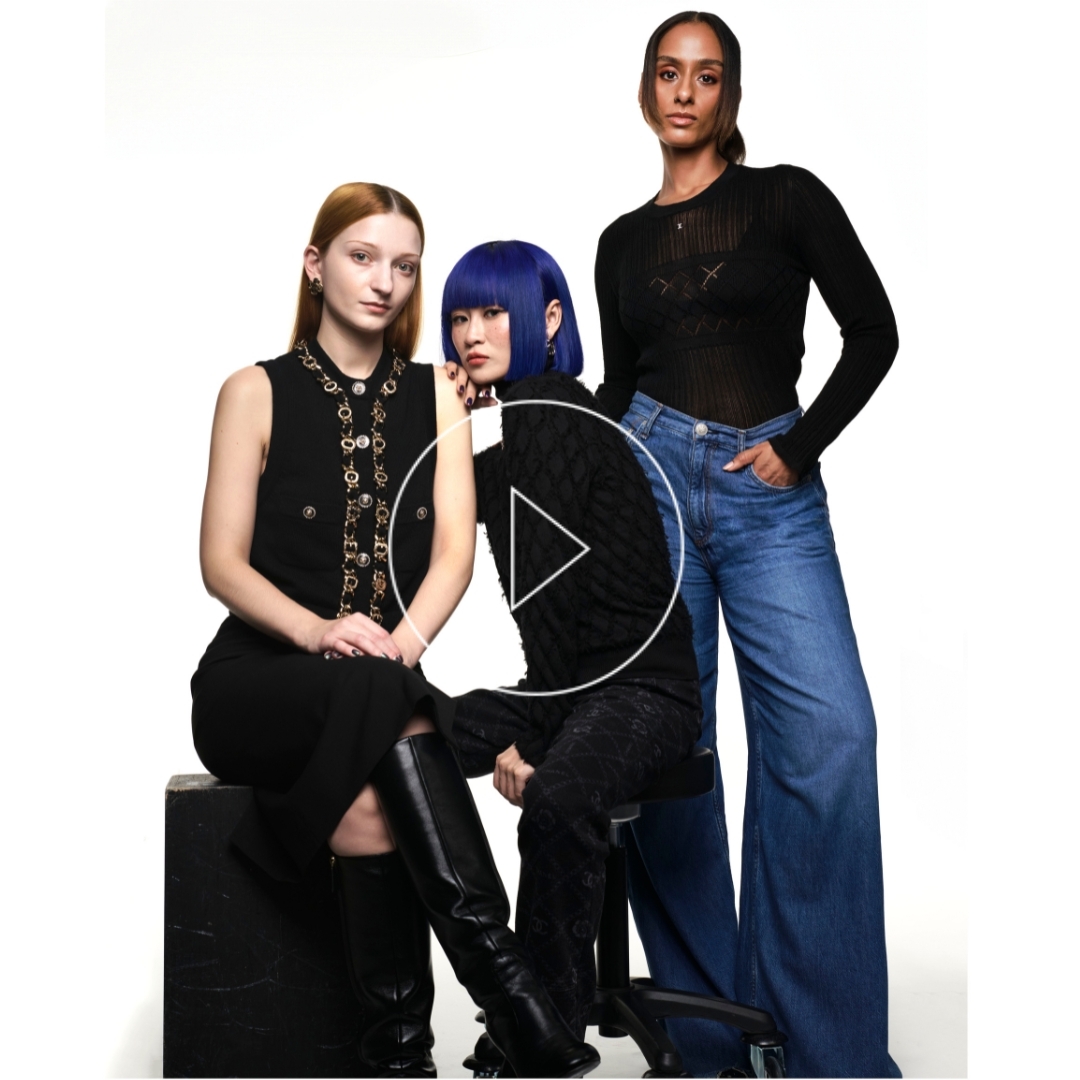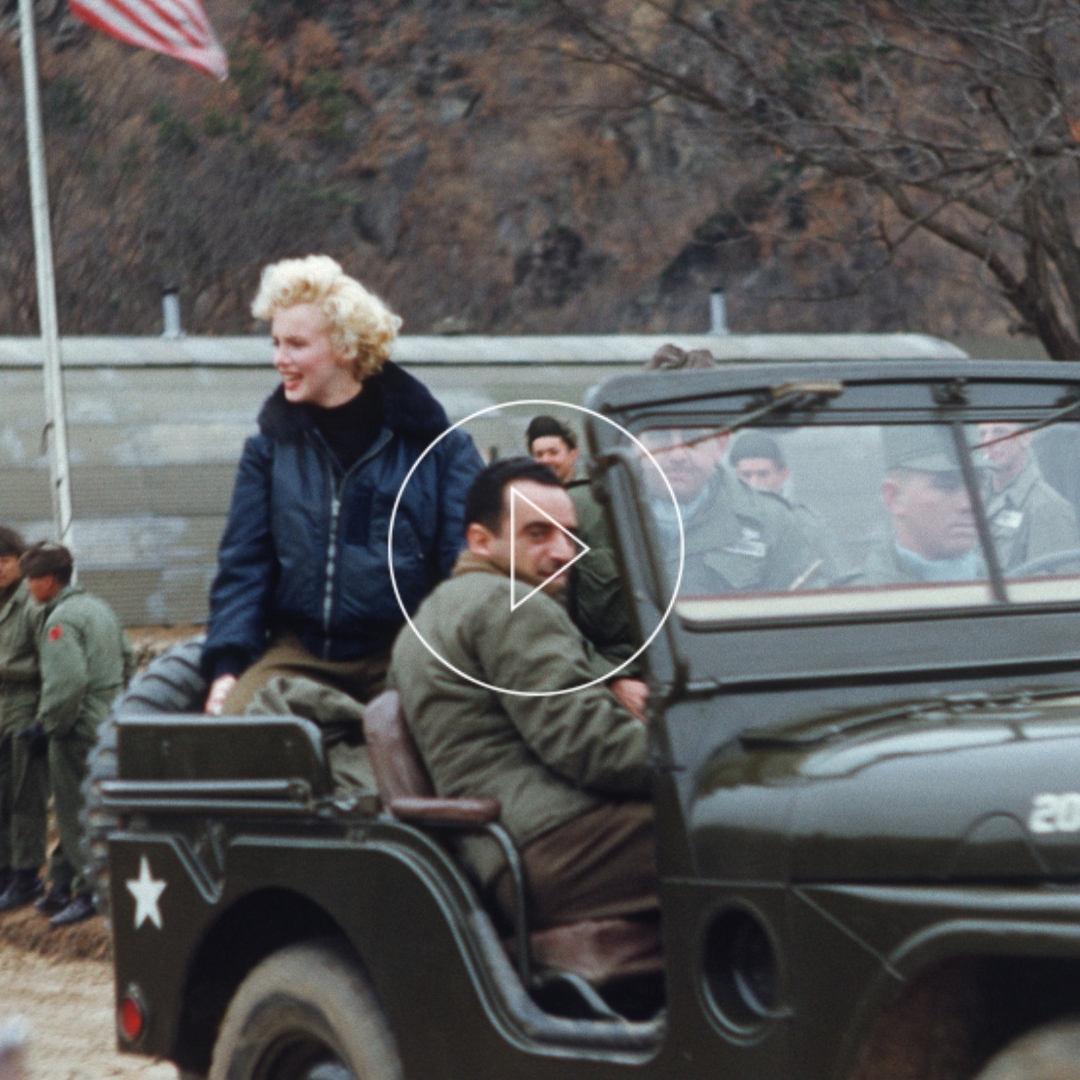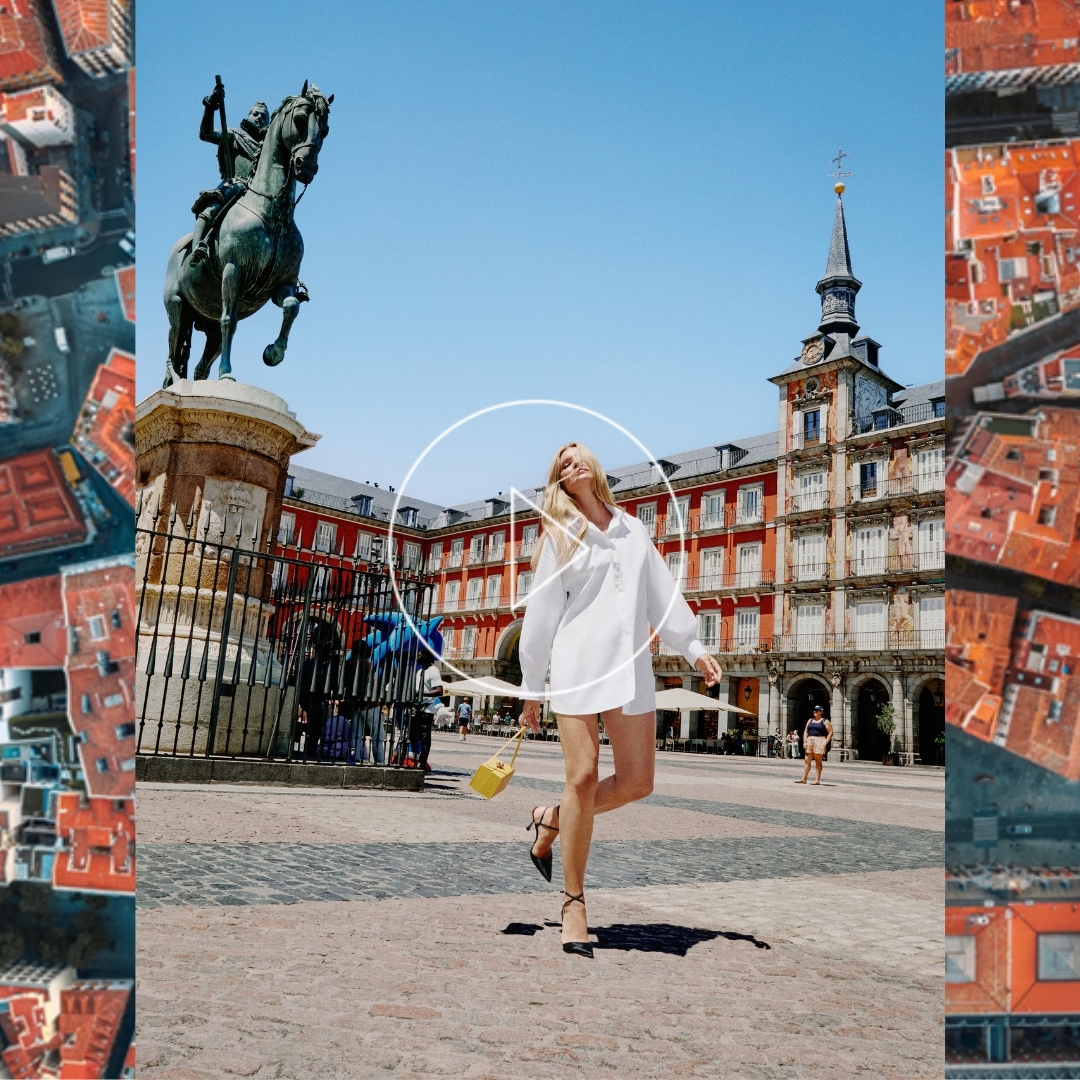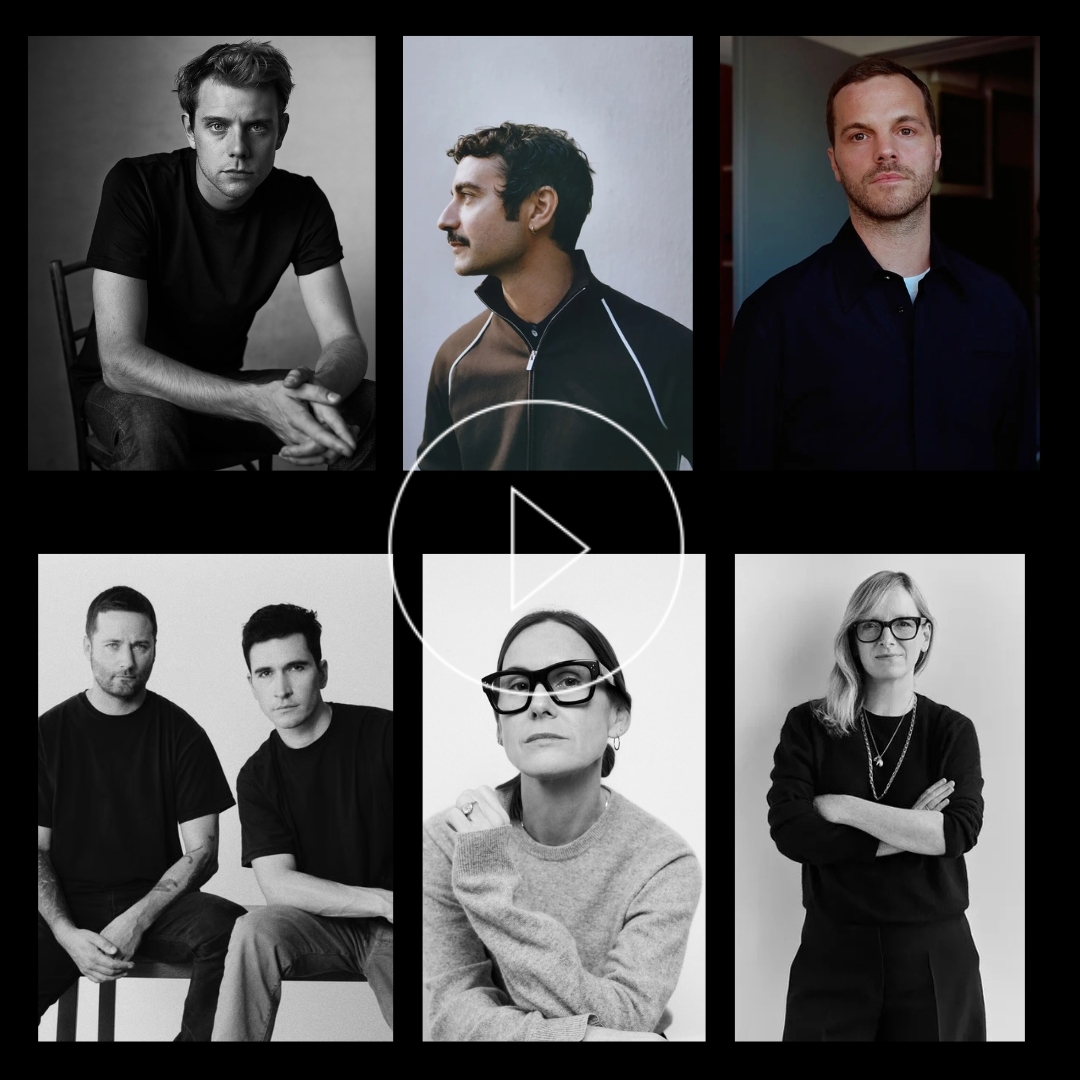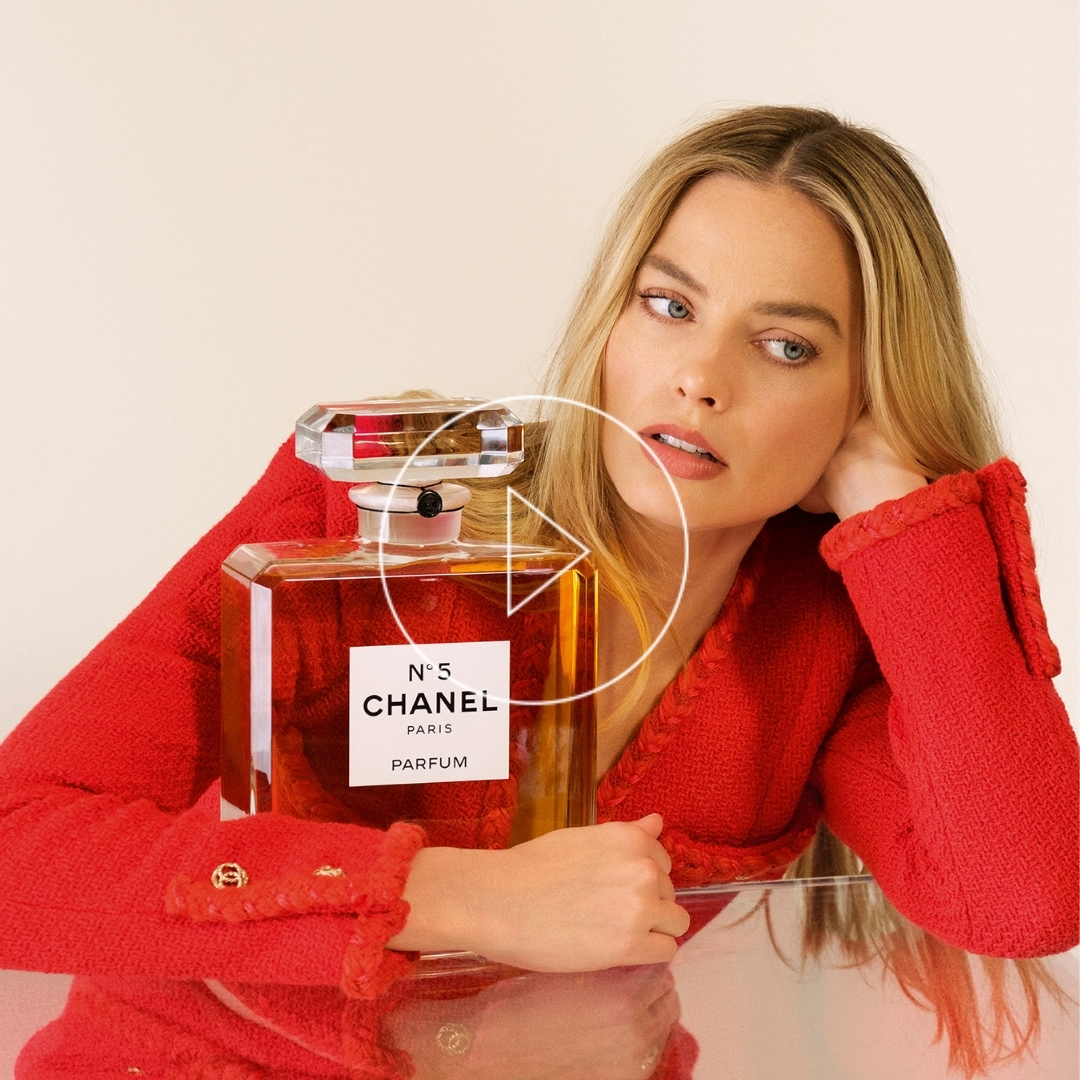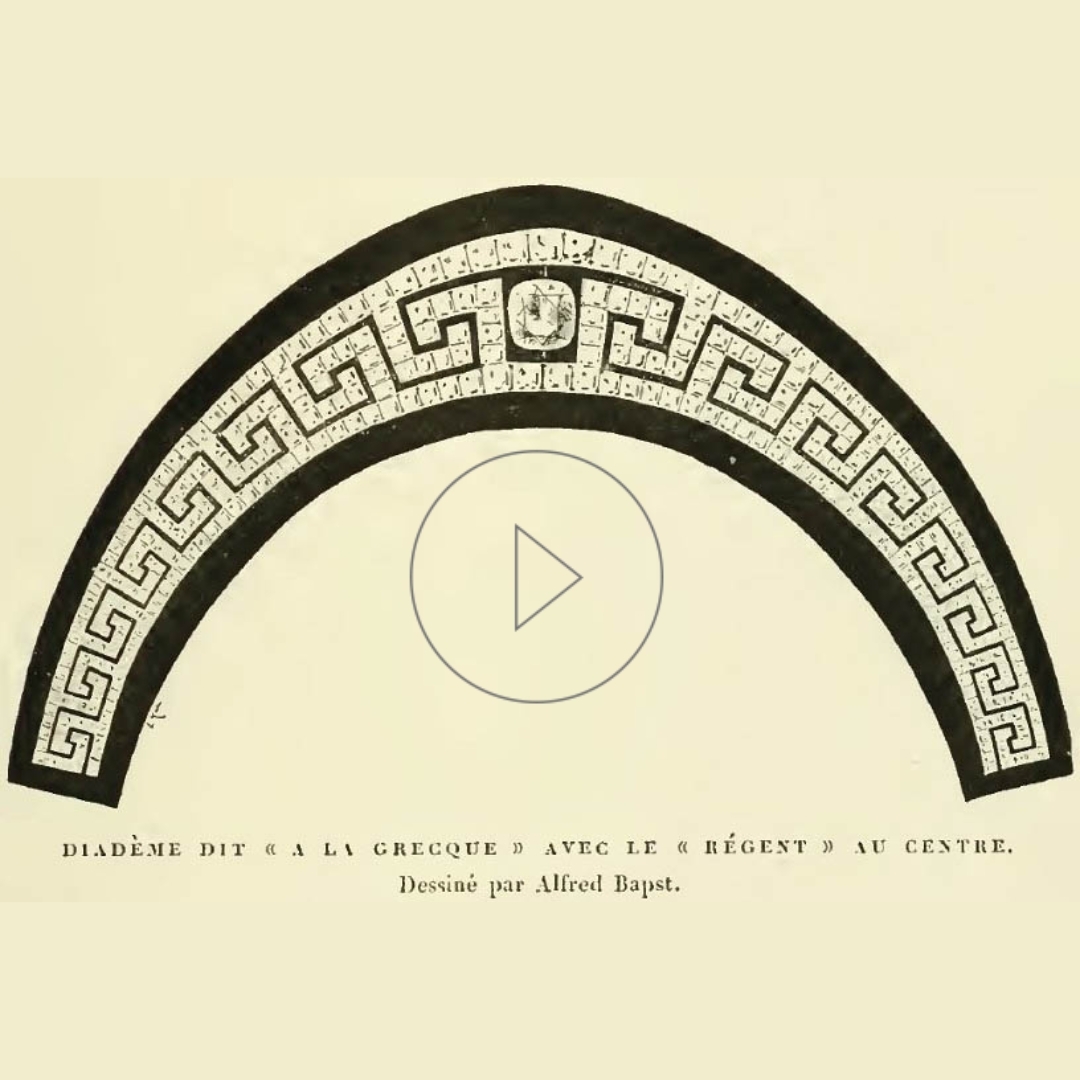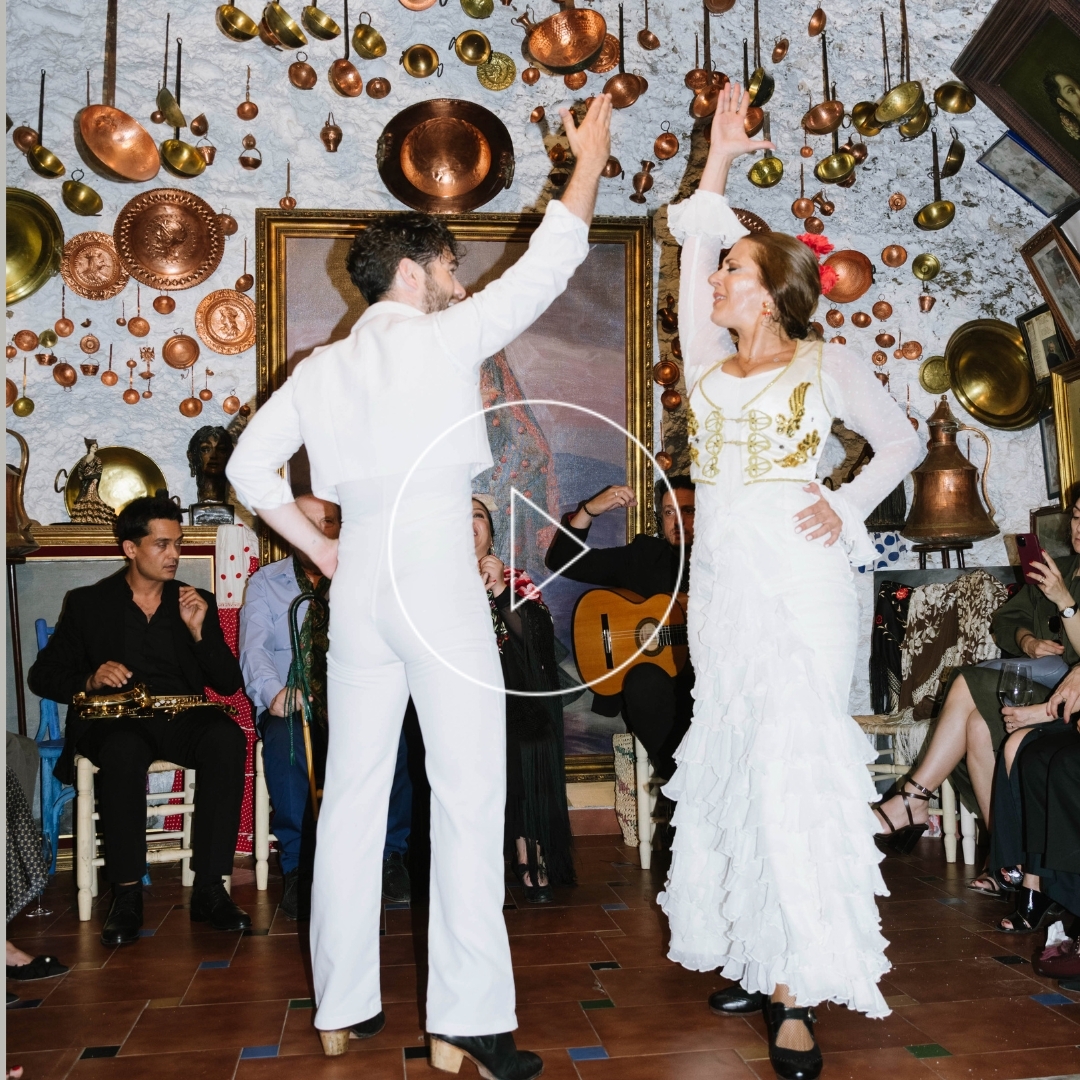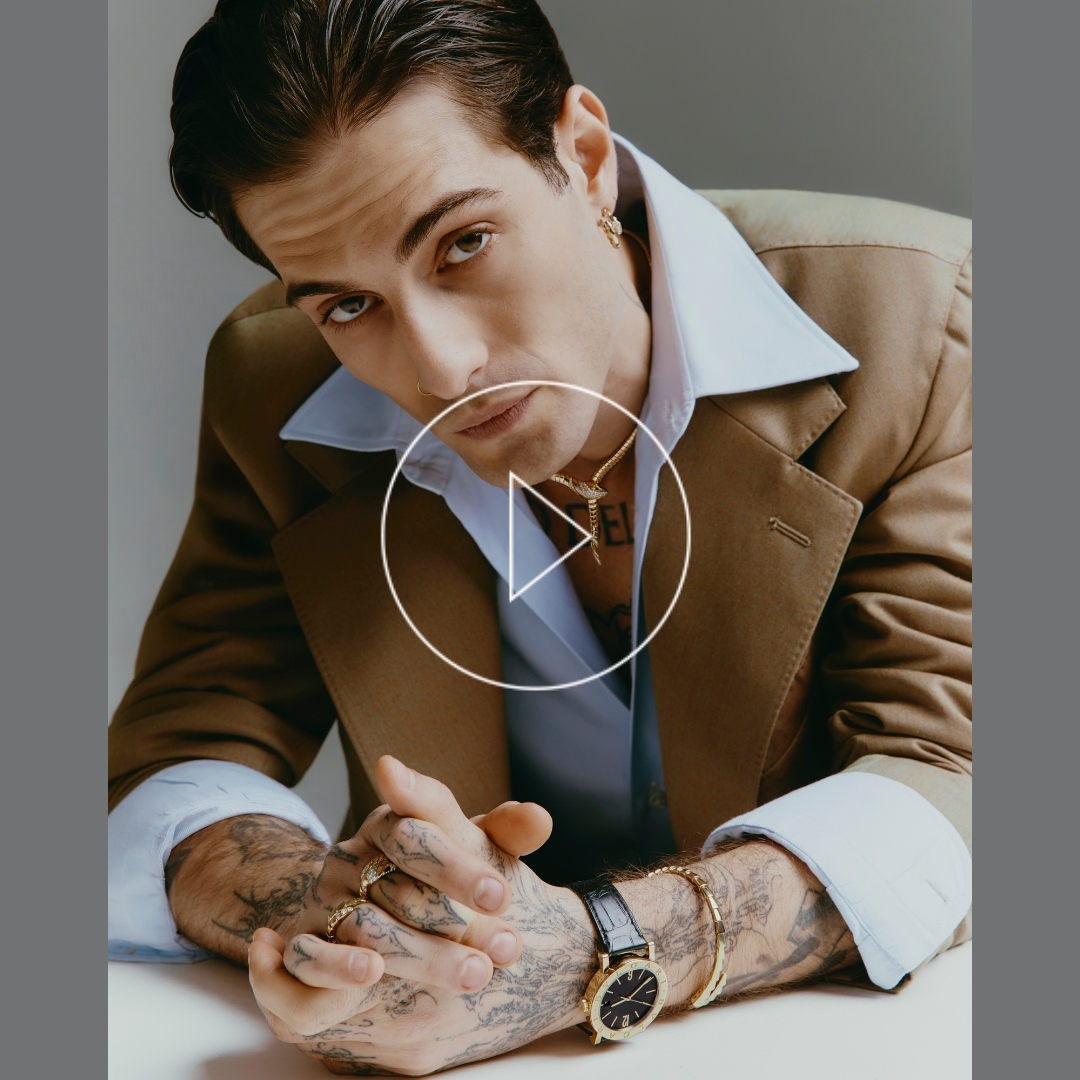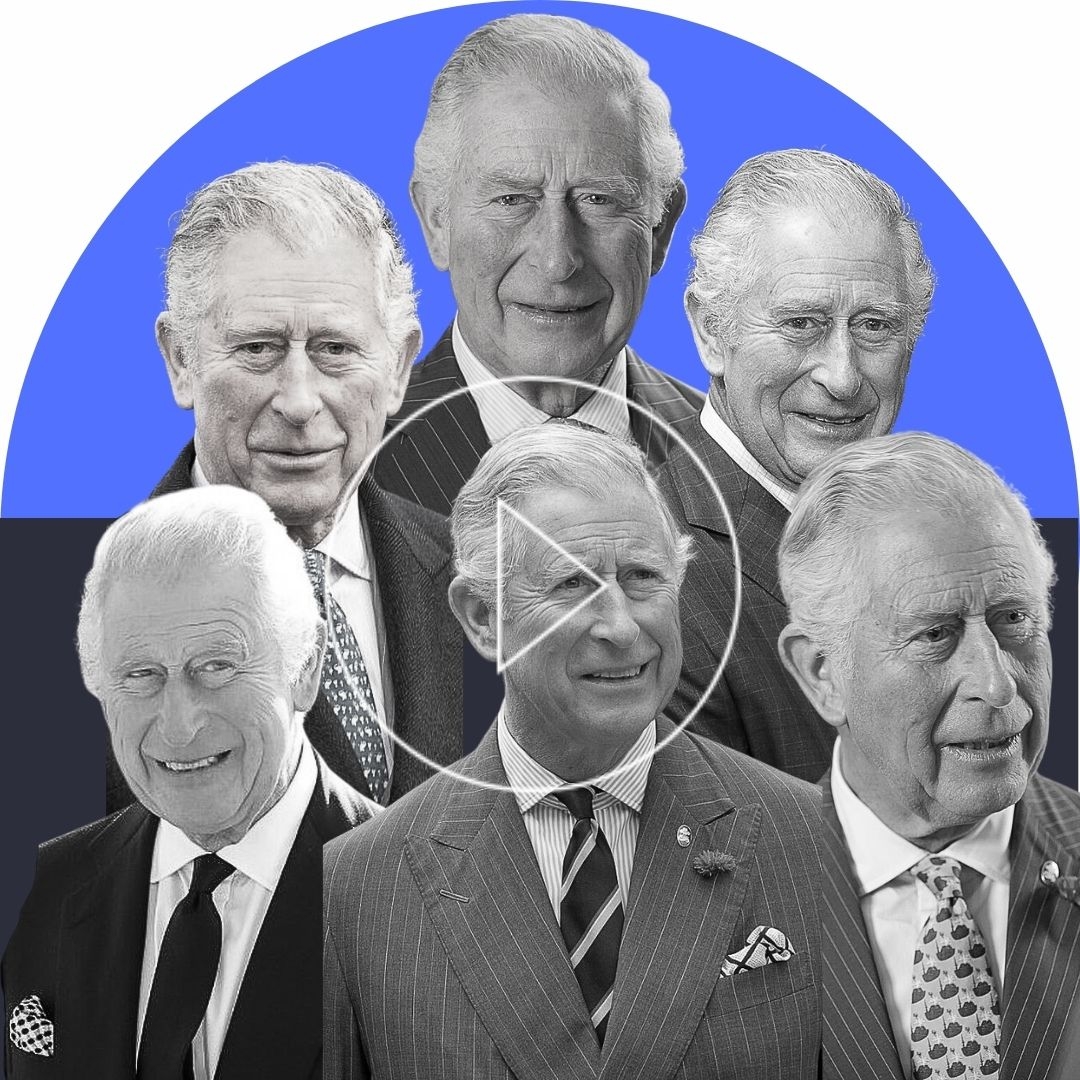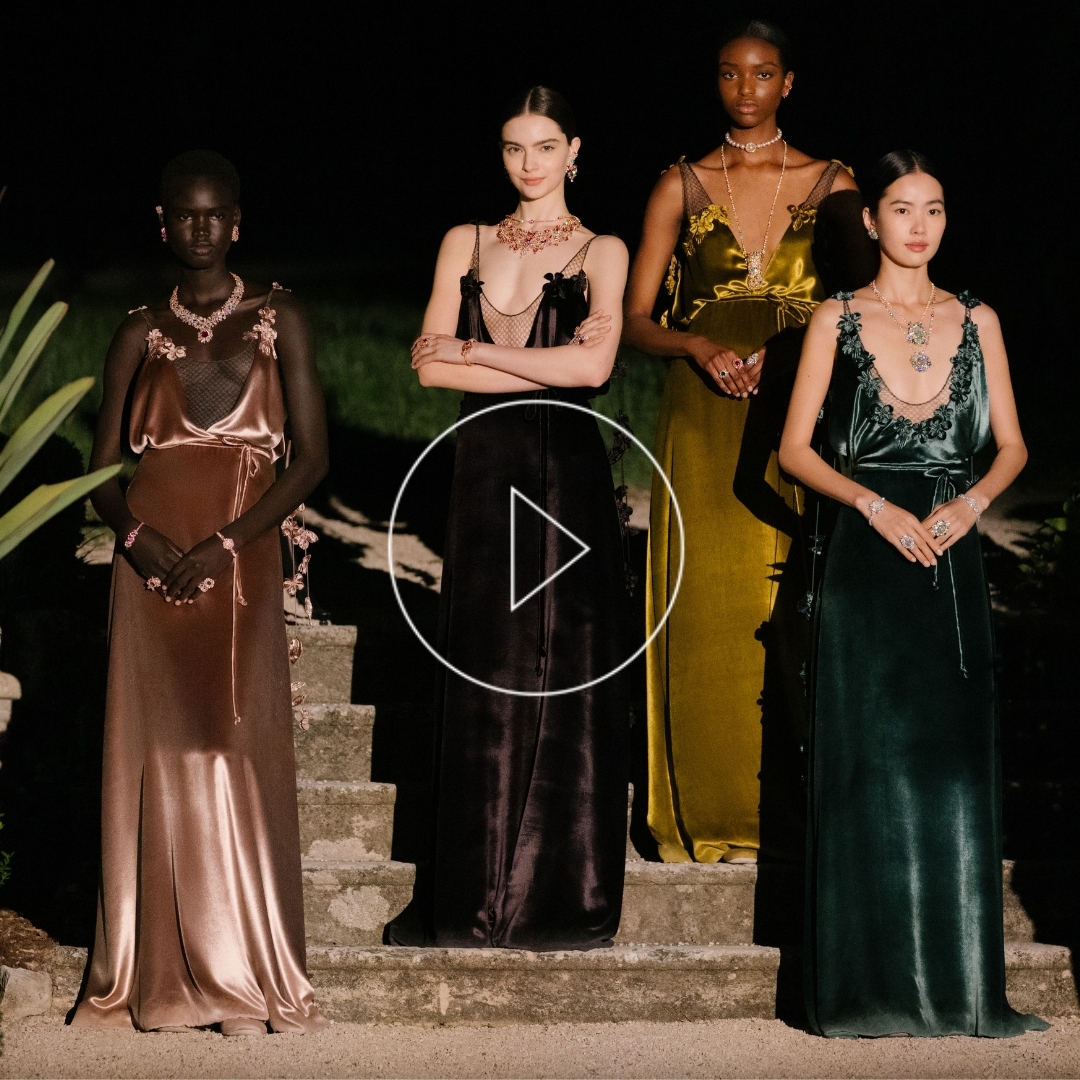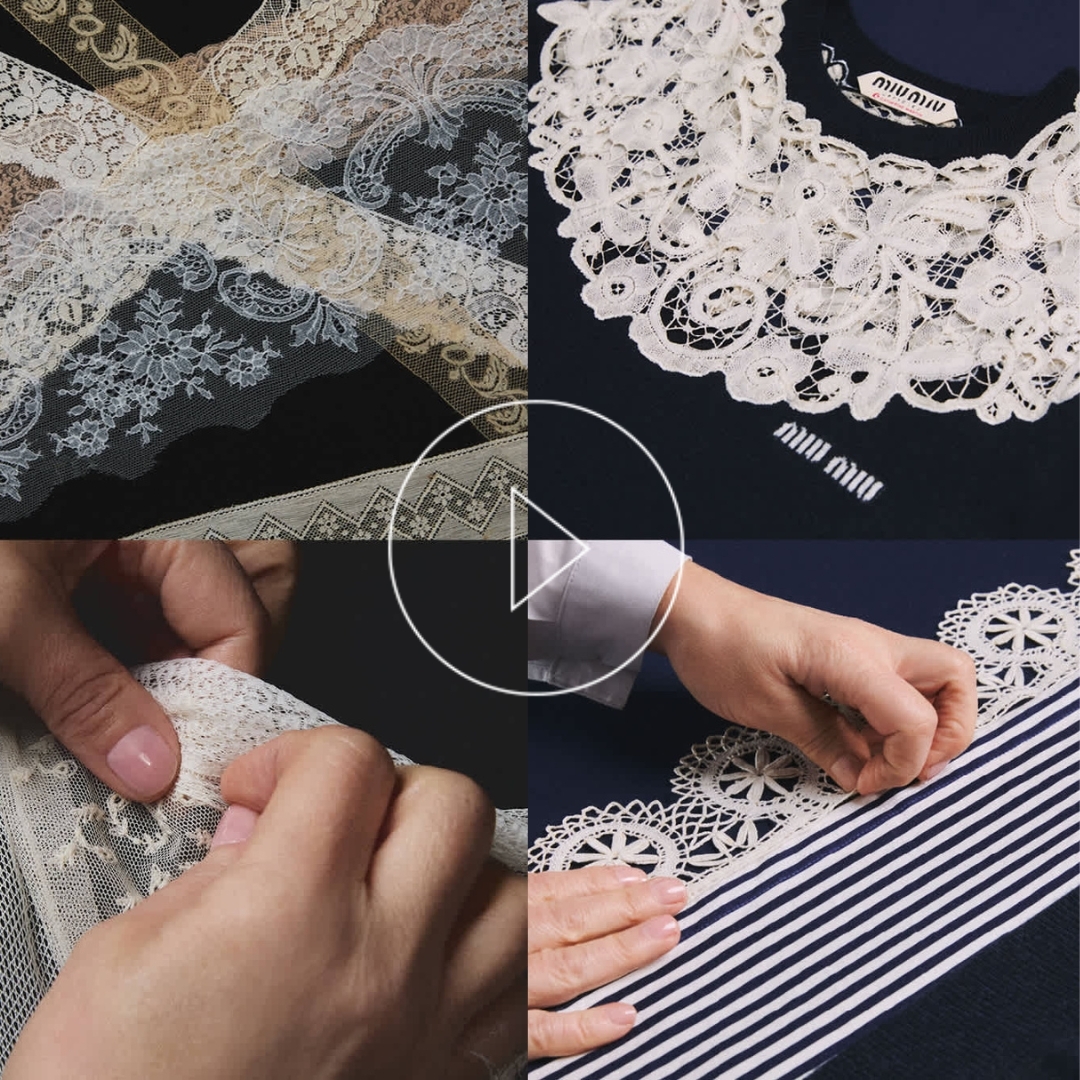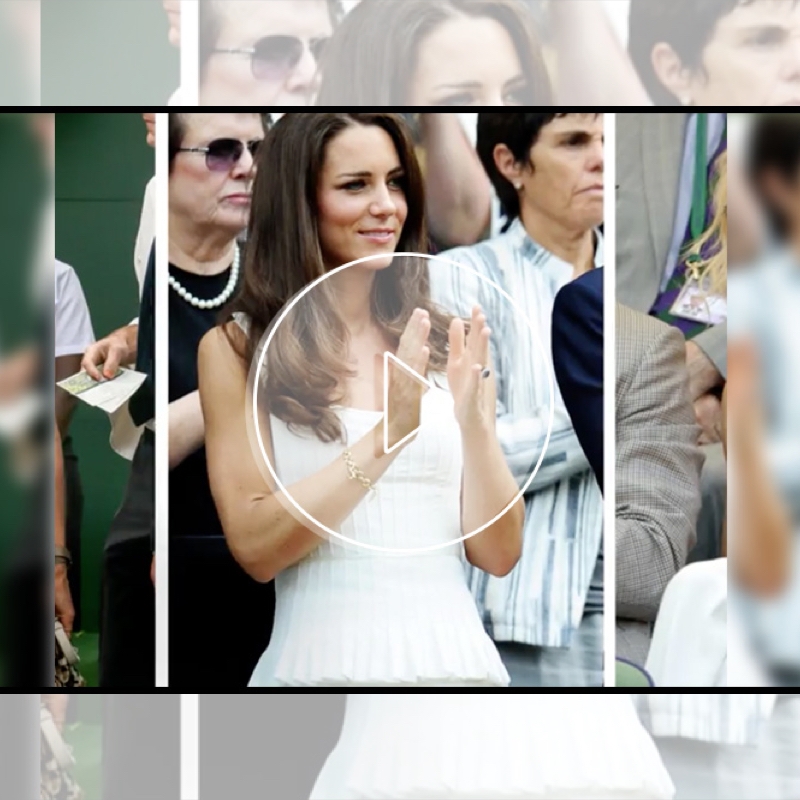The Keffiyeh Debate: Why the Palestinian Scarf Is No Longer Just Fashion
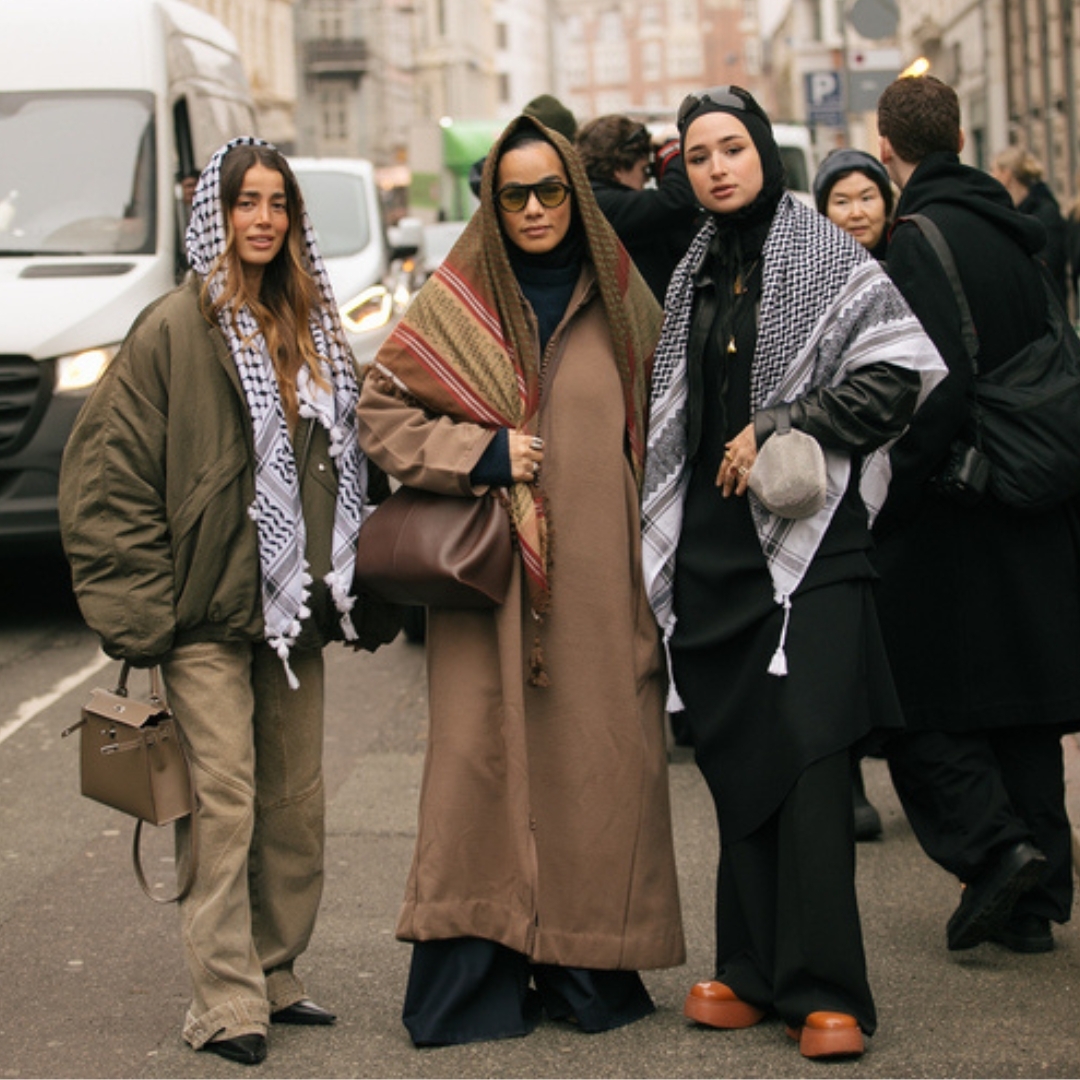
From tradition to activism
The Palestinian scarf, or keffiyeh, was born as a practical piece of Middle Eastern clothing. Farmers wore it to protect themselves from the sun and dust. But in the 1960s, under the leadership of Yasser Arafat and the PLO, it took on a new meaning: it became a political emblem of the Palestinian struggle for self-determination.
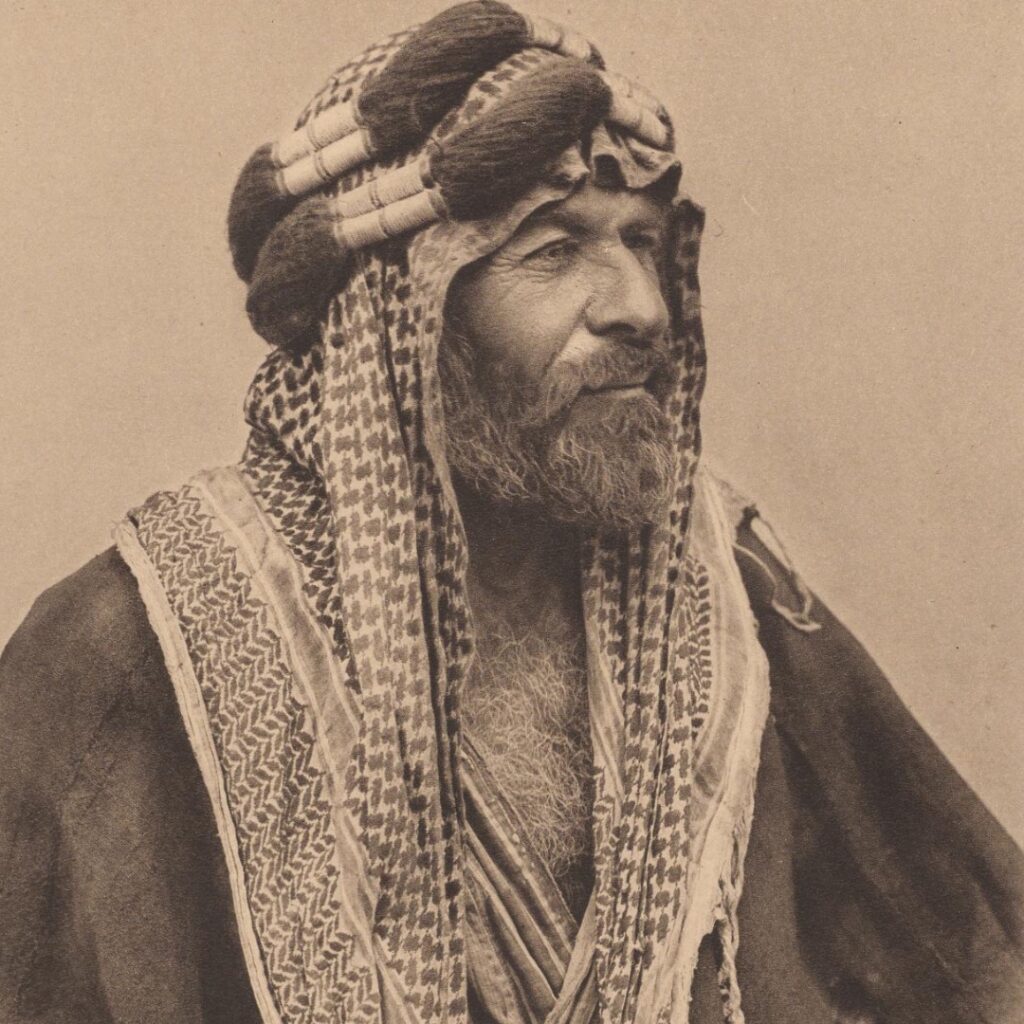
Sheikh Wearing a Keffiyeh to Protect Himself From the Sun
Palestinian Scarf: The Problem of Hamas Appropriation
Over the decades, the scarf shifted from cultural identity to political uniform. And today, it is widely used by Hamas. The group is not a movement of “resistance” in the romantic sense. Hamas is internationally recognised as a terrorist organisation, founded in 1987 during the First Intifada, with a charter calling for the destruction of the State of Israel and the annihilation of the Jewish people.
When young people in the West wear the keffiyeh without knowing this history, they may think it is a gesture of solidarity. But in reality, they carry the same flag used by an organisation responsible for kidnappings, civilian massacres, and suicide bombings.
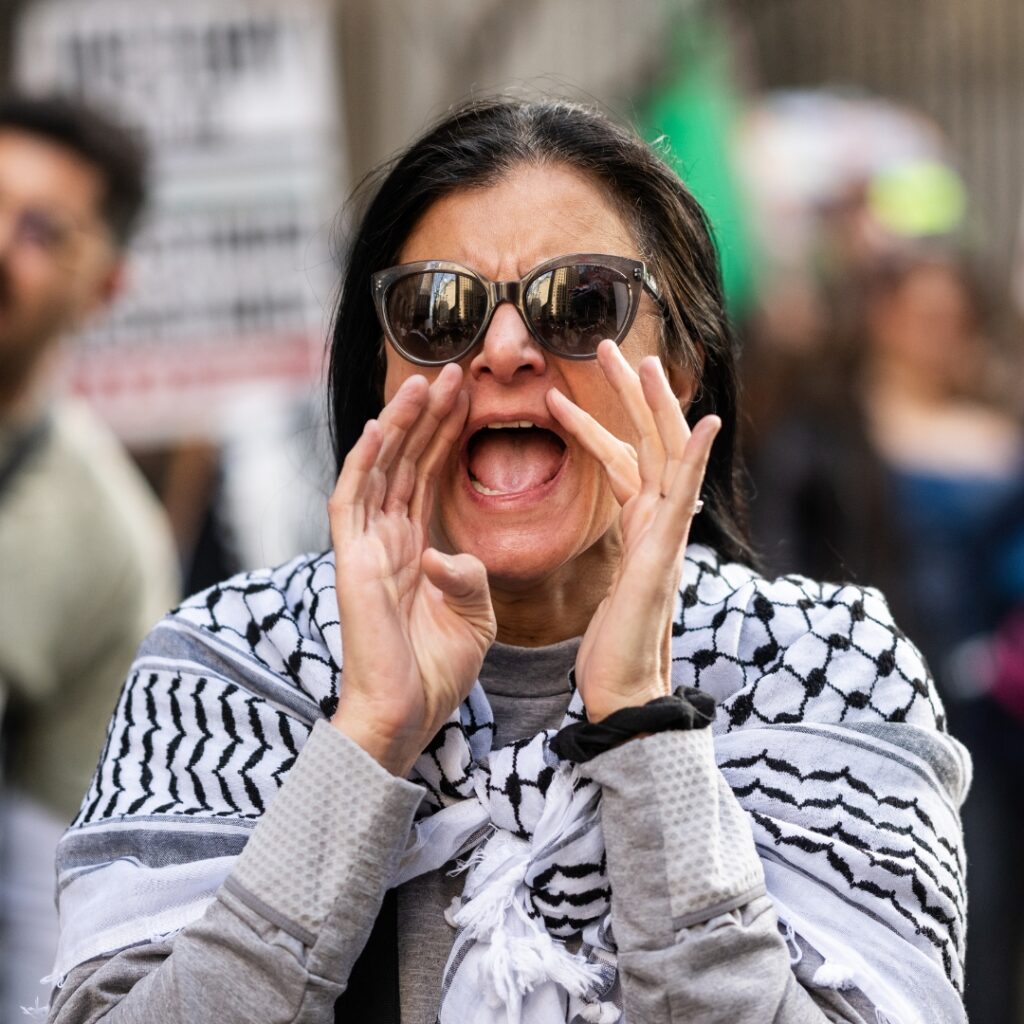
You Can Protest, But Don’t Shout ‘Justice’ While Wearing a Keffiyeh
War Is Not a Fan Club
After the October 7th invasion, marked by the killing of civilians and the kidnapping of hostages in Israel, this is no longer about fashion statements. It is war. And like every war, it is brutal, painful, and destructive on both sides.
But there is one moral red line: as a civilisation built on humanist and Christian values, we cannot support ethnic genocide or normalise terrorist practices in the name of any cause.
The Western Confusion: Fashion, Cinema and Historical Amnesia
Much of the Western youth embraces the keffiyeh as a fashion item or a sign of “resistance”, but without understanding the weight of the symbol. This trend has roots. In the 1970s, intellectuals in Paris and London, including the controversial Jean-Paul Sartre, openly supported the Palestinian cause without distinguishing political struggle from terrorism.
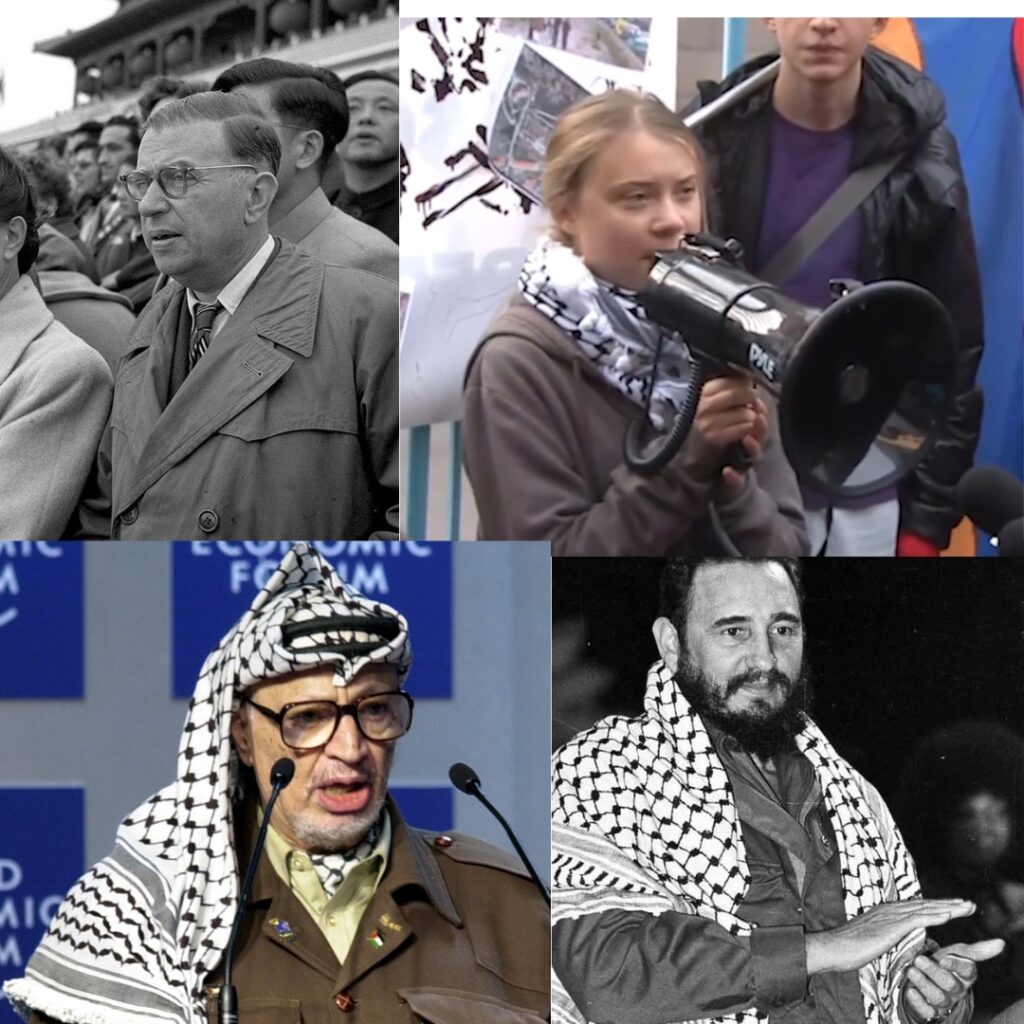
Communist Jean Paul Sartre, Greta Thunberg, Yasser Arafat and Dictator Fidel Castro
By the 2000s, the scarf had become a Hollywood accessory. Colin Farrell was photographed wearing one, while brands like Balenciaga and even fast fashion chains sold stylised versions. In this process, history vanished: few recall that it was once the emblem of the PLO in the 1960s and, since 1987, associated with Hamas.
The scarf that started as a cultural identity became the uniform of armed struggle. Students waving it at campus protests often ignore the basics: UN Resolution 181 of 1947, which proposed two states, or the fact that Israel, founded in 1948, was attacked the very next day by five Arab armies.
Cinema, music, and now TikTok reduce one of the world’s longest conflicts to an aesthetic pose. Few remember the Six-Day War of 1967, which reshaped the region, or the 1987 Intifada, which gave rise to the same terrorist groups that continue to attack civilians today.
The problem is not whether a piece of cotton is fashionable. The problem is wearing it without knowing that it carries decades of blood, politics, and ideology.
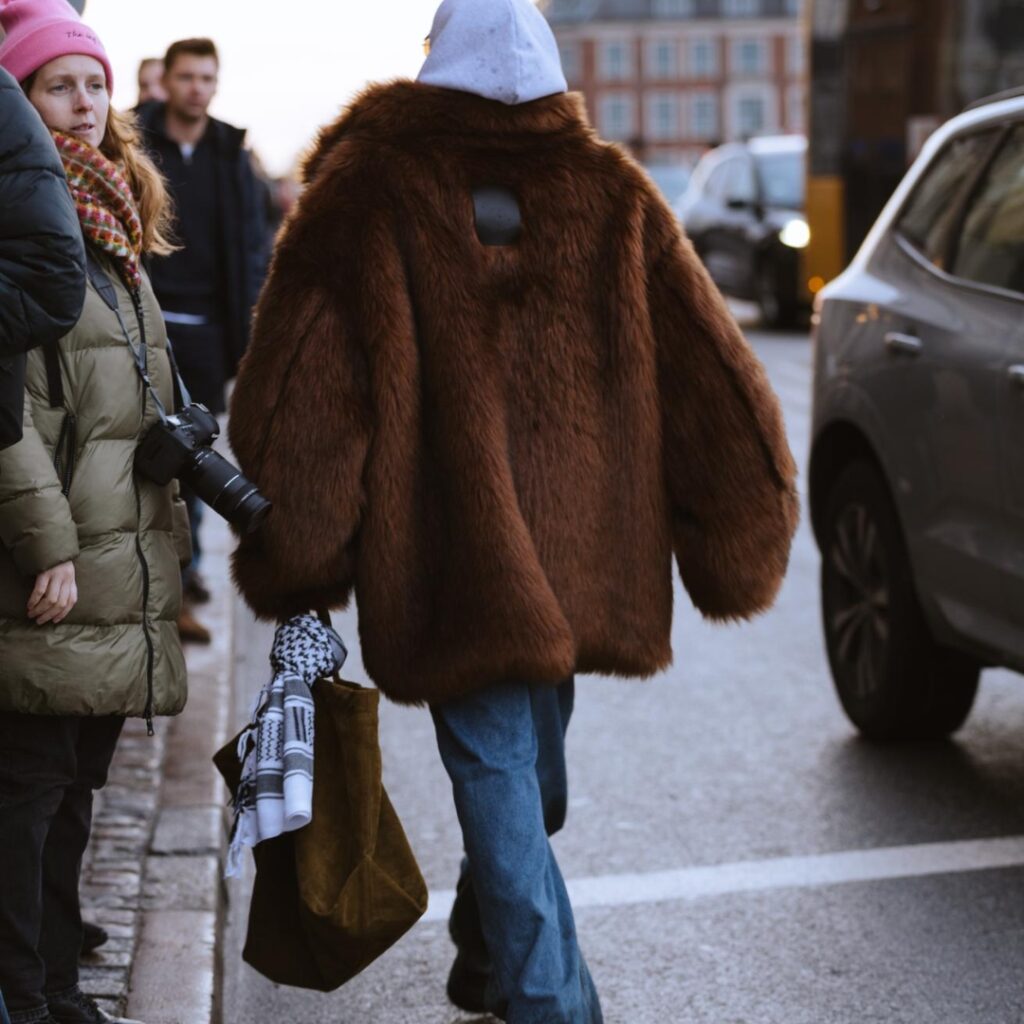
Fashionista Carrying a Palestinian Scarf As a Bag Charm During CPHFW
More Than a Scarf: A Moral Choice
So let’s ask: what message do we send when we wear the Palestinian scarf?
Yes, we can respect Arab-Palestinian culture. Yes, we can advocate peace. But wearing a symbol appropriated by Hamas is not neutral.
This is not fashion. This is civilisation. And today, in the West, wearing the keffiyeh is not just a style statement — it is a moral choice.
Don’t get it twisted, this is not about Islamophobia. It’s about something far more urgent: terrorphobia.
Images from @Commons Wikimedia and @CPFW
SHARE

